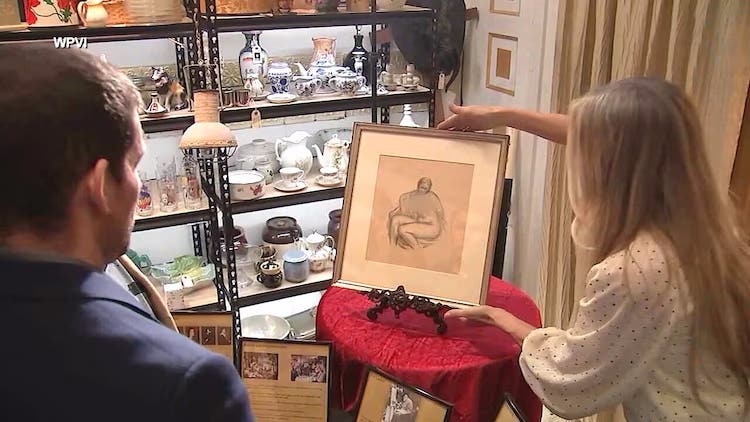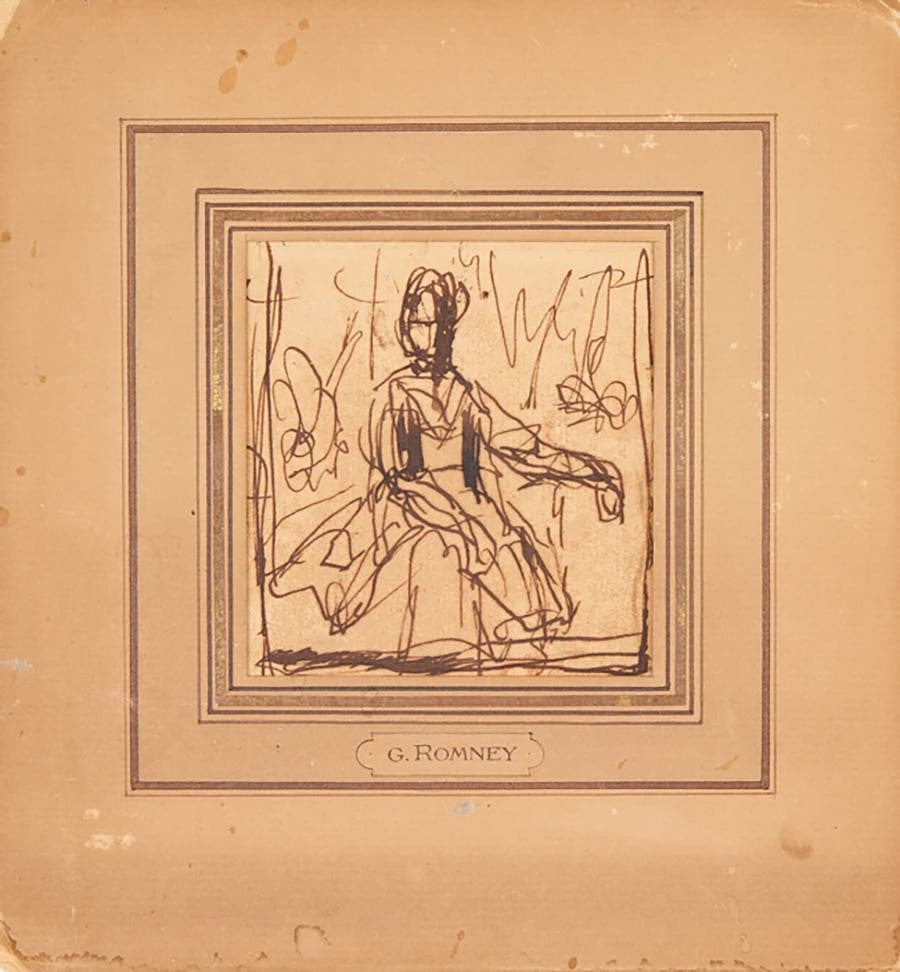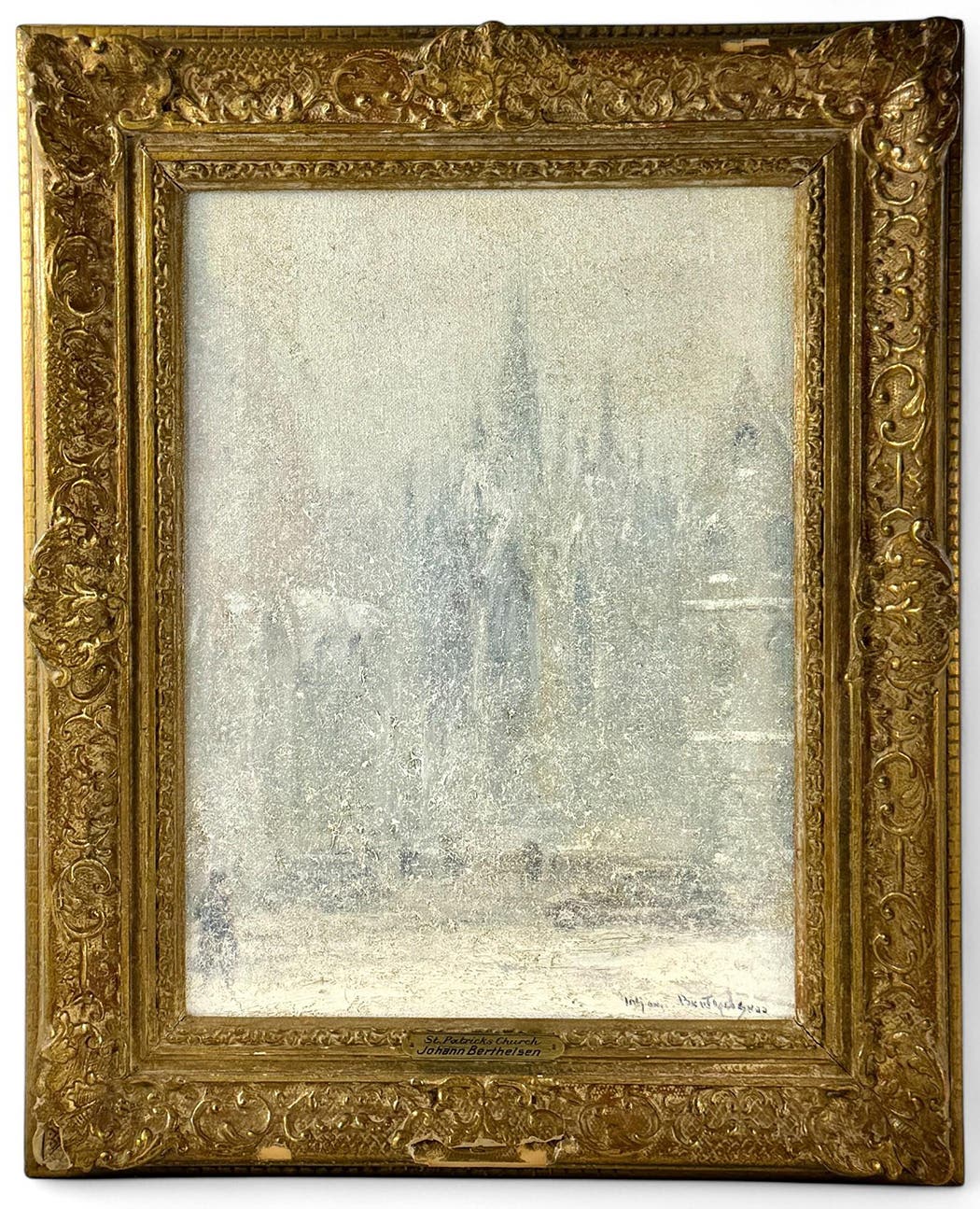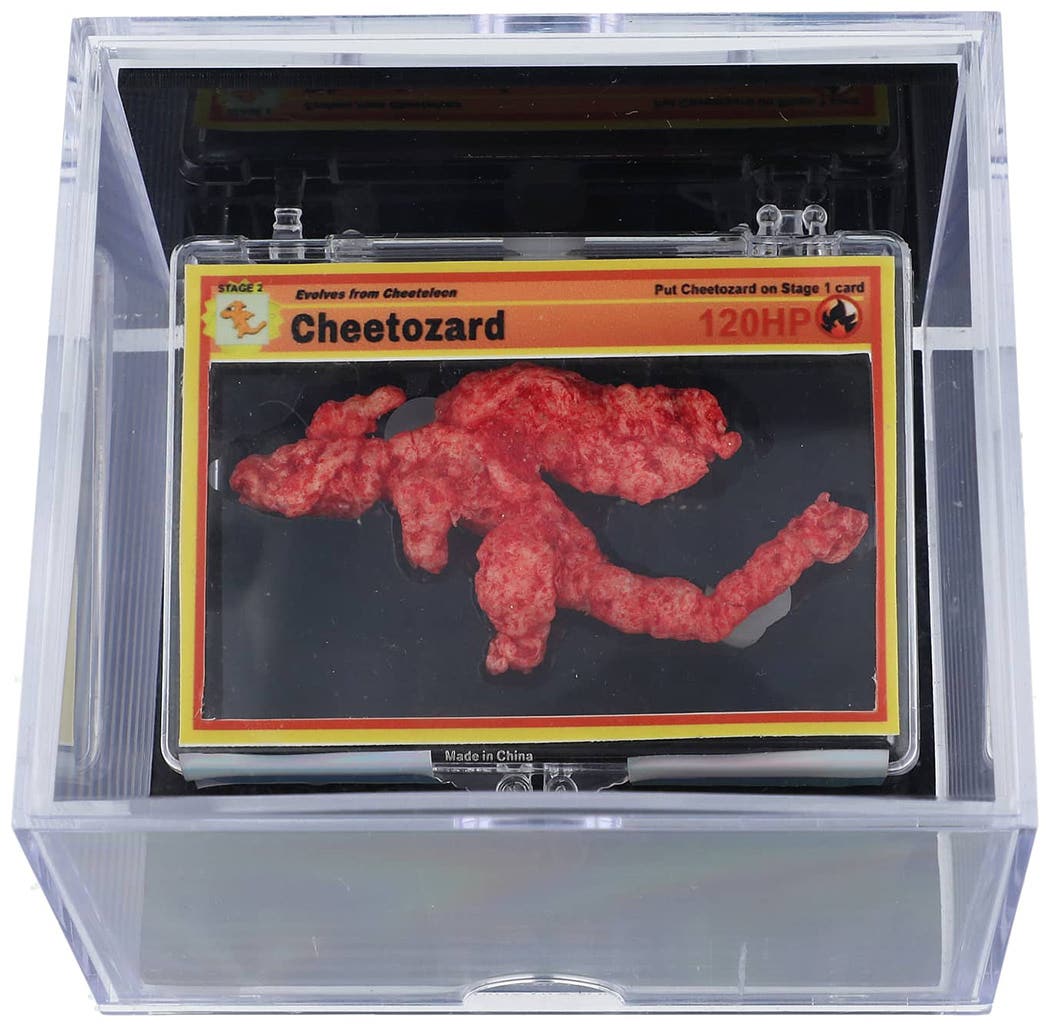Contemporary artists carry on sailors’ valentine tradition
Natural history and art come together in the form of the shell mosaics known as sailors’ valentines. A traditional 19th or early 20th century shell mosaic from Barbados usually includes…
Natural history and art come together in the form of the shell mosaics known as sailors’ valentines.
A traditional 19th or early 20th century shell mosaic from Barbados usually includes a flower design. It also includes some form of heart, and perhaps a special verse or message. Among the sentiments featured are “Think of Me,” “A Present from Barbados,” and “Home Again." They are are part of the present to bestow upon sweethearts, wives, and mothers waiting at home.
Shells Tell Story of Amour
Classified as folk art, the valentines are comprised of hundreds of tiny shells glued to a cotton backing, with each type of shell separated from the next by a partition, creating enchanting designs with shape, texture, and vibrant colors from nature’s palette. Furthermore, the mosaic appears in an octagonal, hinged box with a glass top, which protects the intricate composition inside. These components all come together to form an impressive memento. These can be gifted to loved ones left ashore to remember the sailor while he is away.
For quite some time it was thought that the shell mosaics were actually created by sailors. With that, the name “sailor’s valentine” was adopted and stuck. According to “Sailors’ Valentines – Their Journey Through Time,” in 1961, researcher and shell enthusiast Judith Coolidge Hughes published an article in The Magazine Antiques, dispelling this long-held belief that the shell mosaics were made aboard-ship by sailors in their free time. By researching and getting the answers to the questions
“Where did the shells come from?” “How are the mosaics made?” and “Why are so many examples so similar?” Hughes was able to rectify the idea of the valentines having been made by sailors.
Clues About Origins Lie Within Variety of Shells
In part, Hughes was able to dispel the sailor-craft notion because: the sailors’ valentines she studied were very similar; they included a limited variety of shells, which were all native to Barbados; and, considering the number of shells the maker would need at hand, and the tools and other materials (hundreds of shells, glue, paper, wood, etc.), it is highly unlikely that sailors at sea would be able to accomplish such a feat aboard ship. Knowing these things, how likely would it be that two sailors on two different ships from two different countries make two very similar shell mosaics? Thinking about it this way, the answer becomes clear: Probably not.
The Caribbean island of Barbados, in the West Indies archipelago, was often the last port of call for mid- to late-19th century American whalers and English and Dutch traders. Sailors took advantage of the stop in the port to buy mementos for their loved ones at home. They had plenty to choose from because, while the sugarcane industry was king, enterprising islanders turned from working in the sugarcane fields to peddling mementos.
Sailors' Valentines Become Tourist Choice
Benjamin Hinds (B.H.) Belgrave is credited with organizing the women of Barbados, getting them
interested in producing merchandise crafted from shells for him. Research indicates he provided the designs and materials. Then he would sell the finished items in his shop, the New Curiosity Shop in Bridgetown. The unique sailors’ valentines would find their way to the sailors’ homelands, including New England, The Netherlands, and England.
Late in the 19th century, the shipping industry changed drastically. Whaling ceased and steamships replaced clipper ships; sailors were no longer spending months (or even years) away from home. As a result, sailors’ valentines fell out of fashion and faded into obscurity.
In the book “Sailors’ Valentines - Their Journey Through Time,” Ann T. Schutt says the 19th century shellwork mementos were rediscovered in the 1930s: antiques dealers bought them as they emerged from New England and European attics and offered them to smitten collectors. As time passed, more people rediscovered the shell confections.
Mellon Scaife Collection Creates Awareness
One noteworthy collector of sailors’ valentines was billionaire publisher Richard Mellon Scaife. Scaife, who passed away in 2014, held more than 50 shell-works among the collections in his Nantucket home, including many different sailors’ valentines. Rafael Osona Auctions sold the collection during the Scaife Nantucket estate auction, held Oct. 11, 2014. According to the firm, the collection contained many fine examples featuring phrases such as “A Gift from Barbados,” “Love to the Giver,” “Remember Me,” “With Love,” “Forget Me Not,” “Love,” “I Think of Thee,” “Home Again,” and “Truly Thine.” The collection also included a dozen works by contemporary artists such as Bernard Woodman, Sandy Moran, S.G. Blanda and Myra Frank.
Strong prices were achieved in the sale, attesting to the popularity of both antique and contemporary sailors’ valentines. For example, a 19th century double sailor’s valentine, 8 1/2 inches in diameter, with the words “Present from Barbados,” sold for $6,900. Also, a 19th century “Think of Me” valentine, 9 3/4 inches in diameter, sold for $2,875.
Artists Create New Age Sailors' Valentines
Among the outstanding selections by contemporary artists was a sailor’s valentine by Sandy Moran of Yarmouth, Massachusetts, decorated with various shells and a central painting of two golden labs, inscribed on the back, “Sailor’s Valentine Created by Sandy Moran. A present for you,” measuring 23 1/4 inches in diameter, which sold for $6,325.
In the 1960s artists who were inspired by the 19th century souvenirs began creating their own versions of the sailors’ valentines. While the artisans who created the Barbadian valentines were anonymous, contemporary artists are making names for themselves by carrying on the shell-work tradition; growing numbers of artists are creating unique, custom keepsakes that will be cherished for generations to come.
Pamela Boynton has been creating sailors’ valentines for about 16 years. Her inspiration began with a visit to the Bailey-Matthews National Shell Museum on Sanibel Island in 1996, although a full-time job and childrearing put off making her first sailor’s valentine.
Sanibell Shell Show Draws Artists and Collectors
In 2001, once she had the time, the shell artist in Boynton was born. In her book, “Contemporary Sailors’ Valentines: Romance Revisited,” she credits artist-instructor Sandi Blanda with helping get her started. (Blanda is one of only “a handful of people” who were practicing this Victorian-era craft at the turn of the 20th century.)
In March 2002, Boynton entered three pieces in the Sanibel Shell Show. She says, “By that summer I had work in galleries in Newport, Rhode Island, and on Cape Cod and Nantucket, Massachusetts.”
Boynton reveals she and her husband have also restored 19th century sailors’ valentines. “This process has led me to a deeper understanding of and appreciation for this awe-inspiring art form.”
Contemporary Sailors' Valentines Builds Off Tradition
It takes a lot of time (and sometimes a significant amount of money) to create a finished sailor’s valentine. Boynton explains that a 10-inch valentine takes about 60 hours to complete, and an 18-inch piece can take up to several hundred hours to complete. Prices range from around $2,000 for the smaller example, and $6,000 for the larger. “Materials alone for a valentine (box and shells) can be in the hundreds of dollars,” she explains.
In addition, Boynton says along the way she has become friends with many contemporary sailors’ valentine artists, and each one’s work is as different as their personalities. She introduces us to 18 of today’s finest shell artists and several examples of each artist’s work in her book, “Contemporary Sailors’ Valentines: Romance Revisited” (Schiffer, 2016). [The book is highly recommended for anyone interested in shell work.]
Judy Dinnick of Toronto, Canada, is one of the many very talented artists featured in Boynton’s book. She started making sailors’ valentines in 2004. The graduate of the Ontario College of Art says her husband had a stroke, so she needed to stay home, away from art projects, but still needed to satisfy her “creative energy.”
Art Displays Personal Passions
She says, “We lived in the Bahamas for many years and became acquainted with antique collections
owned by friends. I was also familiar with John Fondas’ book [“Sailors’ Valentines,” Rizzoli, 2002]. So when the time came and I was looking for an art form to do at home, I started making valentines.
Speaking to her particular style, Dinnick says, “I like to incorporate my love of painting into my valentines. I almost always begin with a painting for the center and then complete the shell work with colors that are harmonious throughout the entire design.”
For those interested in acquiring a Dinnick original, prices start at about $3,500 for a 12-by-12-inch valentine. “The design does not really affect the price, it is the time spent creating them.”
Dinnick’s work is wonderful; she won first place in the professional class at the 2017 Sanibel Shell Show for her sailor’s valentine titled “Remember Me.”
Another award-winning shell artist featured in “Contemporary Sailors’ Valentines” is Sandy Moran, whose golden labs sailor’s valentine was mentioned earlier. Inspired by the antique sailors’ valentines, Moran began making valentines 29 years ago. She has achieved many first place finishes at the Sanibel Shell Show, and her work is displayed in fine art galleries on Cape Cod, Nantucket and in Sanibel.
Sharing Valentine-Creation Techniques
A self-taught artist, Moran’s pieces take anywhere from 40 to 200 hours. She shares that size and content determine pricing, with the range being $575 to $18,000. “The most popular is a 10-inch case with a range of $2,200 to $3,600,” she says.
One of her favorite aspects of her business is offering workshops on sailors’ valentines. Moran has been teaching for 14 years and has taught men and women from all over the world. In 2018 she has two workshops scheduled. The first is in Sanibel, Florida [at the West Wind Inn, 3345 W. Gulf Drive, Sanibel, Florida, from Feb. 26-28]. The second workshop is scheduled in Cape Cod Aug. 3-4. [at the DoubleTree by Hilton, 287 Iyannough Rd, Hyannis, Massachusetts].
Glendale, California, shell artist Karine Almir also taught herself to do shell art. She began making sailors’ valentines in 2008, after watching an episode of the Martha Stewart Show featuring shell artists who had won awards at the Sanibel Shell Show.
Born and raised in Armenia, Almir says she has always loved and admired seashells. “I try to capture the individual beauty of each shell and, accordingly, the combination of those shells creates beautiful designs,” she says. “I carefully choose the materials and colors of each work, the frame, background, and design, which will convey the feelings and emotions that I experience during the creation process.”
Complexity and Materials Aid in Dictating Price
Almir originals range in price from $1,000 to $18,000. “The price is influenced by a number of factors such as complexity of design, size of shells, the price of materials, and number of hours spent creating each work,” Almir explains.
The exacting, time-consuming nature of creating sailors’ valentines cannot be overstated.
“Everything must be thought and planned out before you start working,” Almir advises. “From the moment you glue down the first shell, there is no turning back. Every angle and line must be correctly drawn for the design to work. If the blueprint is off by even a single millimeter, or the shade of color slightly different, the whole work might be thrown off course and restarted.”
Valerie Reese of Martha’s Vineyard, Massachusetts, is a relative newcomer who started making sailors’ valentines in 2013. She, too, has had little formal training, but grew up in a family of artists, and was always encouraged to create. She says she begins with a nautical-themed antique photo postcard from the turn of the 20th century. From that, she builds her shell motifs around the image, and uses the photo’s colors as her color scheme.
Classical Influence with a Modern Approach
“I aim to make my valentines a personal form of expression; I like creating pieces that follow the classical form to a point, before veering off onto a new take on the traditional,” Reese explains.
For a unique piece of art, sailors’ valentines are not particularly expensive. Reese’s creations usually range in price from $950 to $1,200. “I price them by size,” she explains. “A 12-inch valentine being $950 and a 15-inch valentine being $1,200.”
Although each artist has their stylistic differences, they all agree on the importance of the Sanibel Shell Show. Boynton says “[The Sanibel Shell Show] is the most important show in the country (and probably the world) to see what people who make sailors’ valentines are doing and to meet artists and share knowledge.”
Dinnick shares, “When I first attended the Sanibel Shell Show – 2005 – I was amazed at the artistry and complexity of what people were doing with seashells. A new creative world opened up to me. I have taken part every year since and have made wonderful friends there.”
The 2018 Show, hosted by the Sanibel-Captiva Shell Club, is slated to take place March 1-3, 2018, at the Sanibel Community House, 2173 Periwinkle Way, in Sanibel, Florida. The Sanibel Shell Show’s Artistic Chair Mary Burton says, “The Sanibel Shell Show has been a continuous event for 81 years and is the premier show in the country, if not the world. Exhibitors from around the country and parts of the world take part in it. Sanibel is often cited as being the ‘best shelling in the world.’”
Sanibel Show Showcasing Shells for 80+ Years
And there is plenty to see at the Show: “We normally have between 100 to 125 [exhibitors], and each division is pretty equal. Exhibitors come from all parts of the United States, Canada, Barbados, Puerto Rico, Japan and India,” Burton reveals.
Even after eight decades, the Shell Show is still fresh and exciting. When queried about her most memorable Show experience, Burton enthuses, “Each year I think I’ve seen the best only to be stunned by the beauty of the next show making every moment of the three day event memorable.”
This art has proven itself to be about more than shells and glue and wood. It’s about community, too. Burton explains, “We all have something in common, our love of shells and marine life.
Coupled with artistic talent you have the recipe for creating not only the simplest shell art piece but the intricate difficult pieces such as the Sailor’s Valentines.
“By teaching workshops and sharing one’s personal skills used to master shell art guarantees the art will continue for years to come,” she continues. “To quote the late [renowned shell artist] Bill Jordan, ‘People say I just pick up shells, rather, I take a life once lived and put it in a place of honor.’ Each shell in each shell creation is put in a place of honor by the artist.”
Carrying on a Tradition Into the Future
Pamela Boynton shares one of the reasons why she continues to be enthusiastic about this art form: “To this day, when I complete a valentine and look at it head-on, the first thing I think is: There are thousands of shells in dozens of colors in this case, and every one of them is completely natural in color ... a testament to the true brilliance of nature.”
Whereas the more-crude antique sailors’ valentines were created as inexpensive souvenirs and sold through curiosity shops, they’ve gained the respect and appreciation around the world. They can now be found in museums and prized in private collections. Contemporary artists are pushing their mixed-media shell valentines to new levels of creativity, which is appreciated by artists and collectors.
A few contemporary shell artists to get to know
Karine Almir, www.etsy.com/shop/treasuresfromthedeep & www.shellartbykarine.com; Sally Arbib Wiltshire, England; Sandi Blanda: www.christina.com/artist/sandi-blanda; Pamela Boynton: www.pfboynton.com; Gayle J. Condit: www.sailorvalentines.com; Suzanne Marie Dietsch: www.seashellvalentines.com; Judy Dinnick: www.sailorsvalentineart.com
& jdinnick8@gmail.com; Joy Henderson: Lacey’s Spring, Alabama; Daphne Hunte: Barbados, West Indies; Hatsue Iimuro: www.japan-sva.com; Brandy Llewellyn: www.basketstudio.com; Grace L. Madeira: Bryn Mawr, Pennsylvania and (Co-author of “Sailors’ Valentines: Their Journey Through Time,” Schiffer, 2006); Constance Marshall Miller: www.cmmshellart.com; Sandy Moran: sailorsvalentinestudio.com; Audrey J. O’Donnell: Cape Coral, Florida; Valerie Reese: www.valeriereese.com & valerie@valeriereese.com; Gerda Reid: www.sylviaantiques.com; David Rhyne: www.davidrhyne.com; and Jane Santini: Kingston, New York








